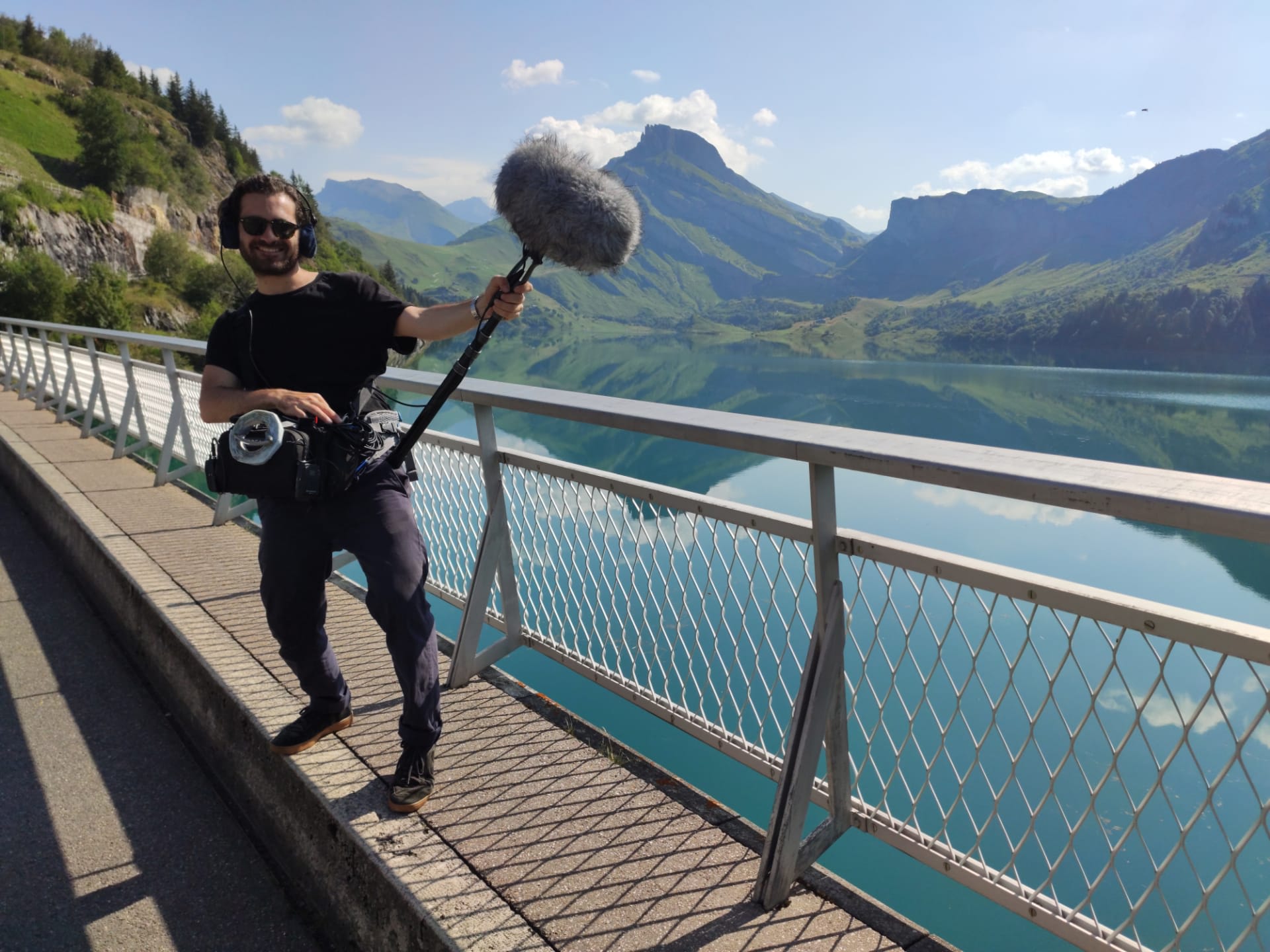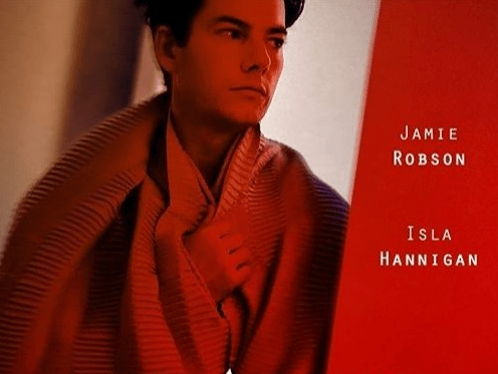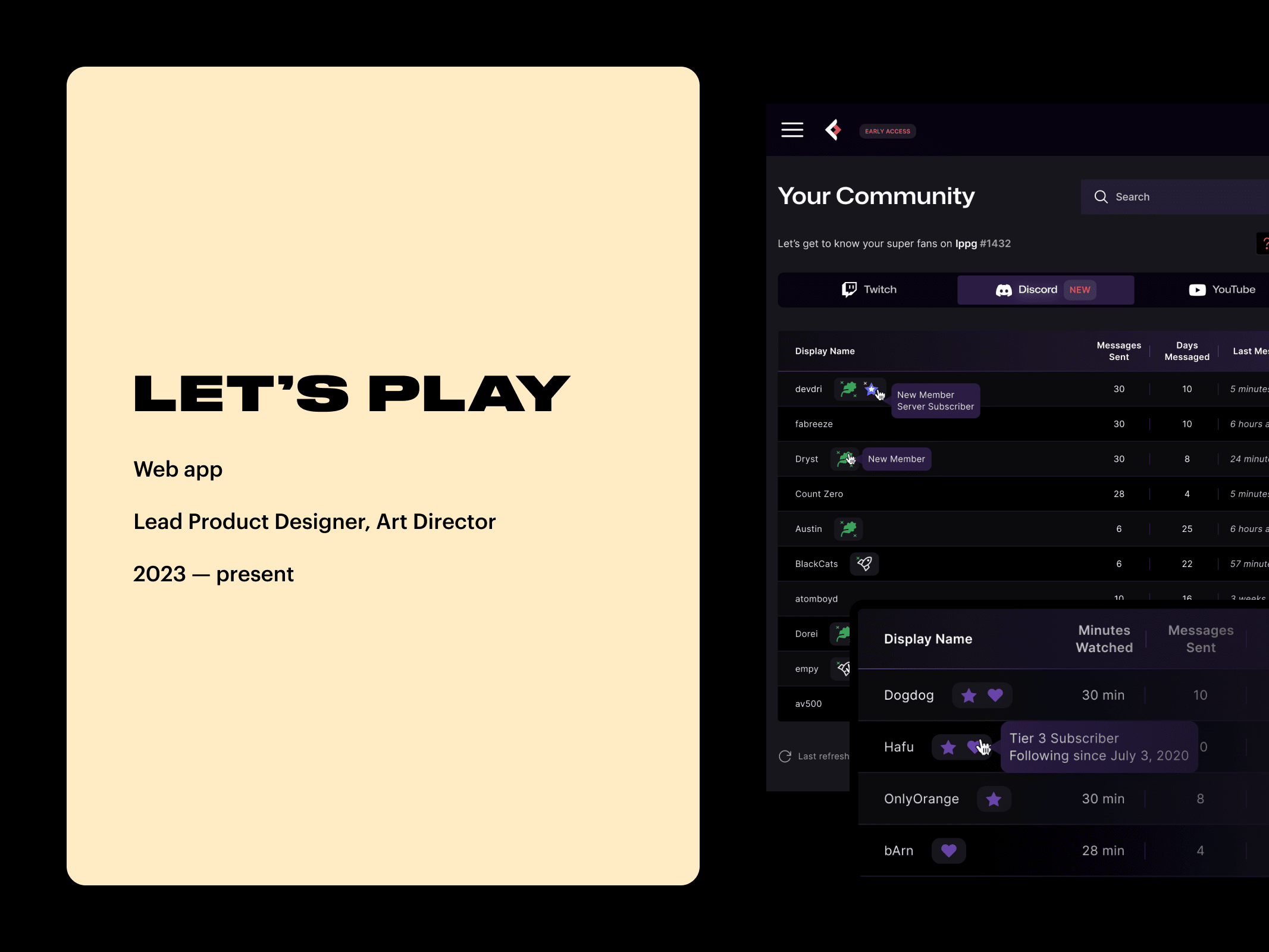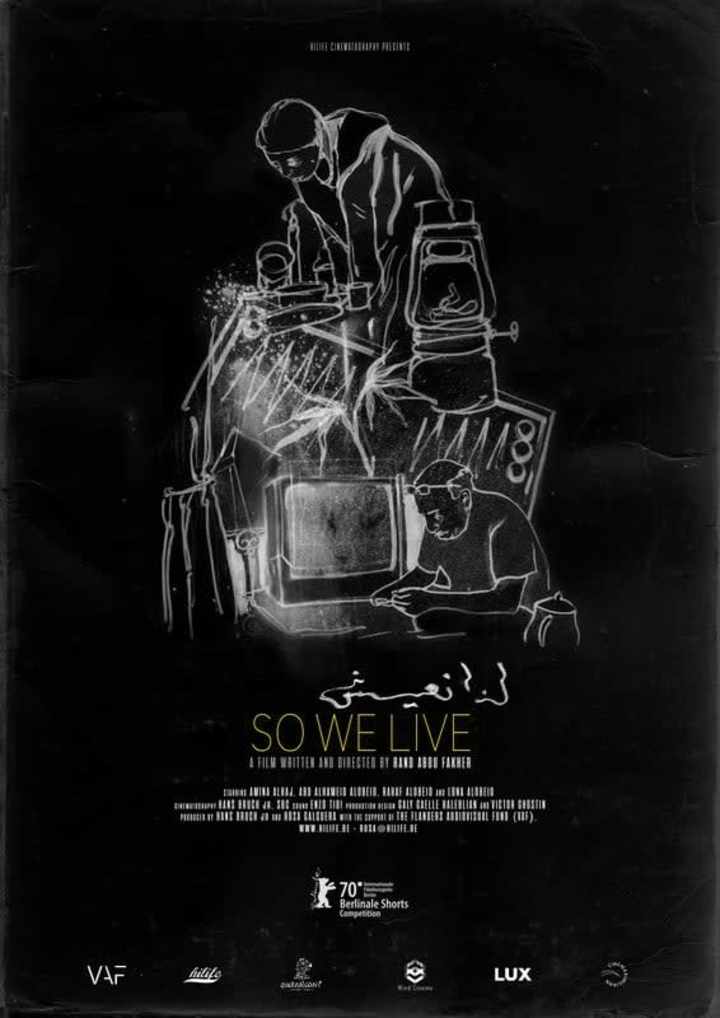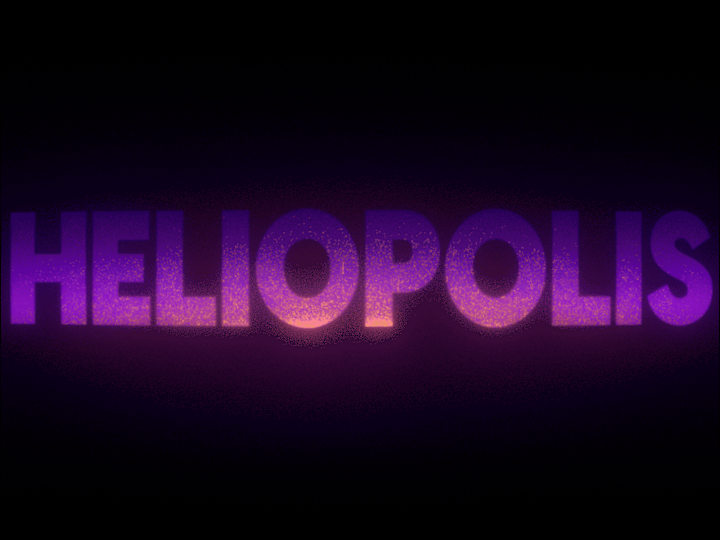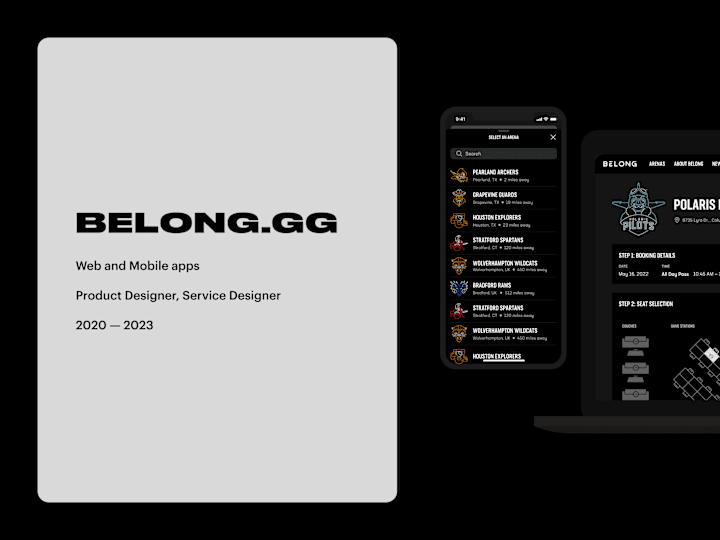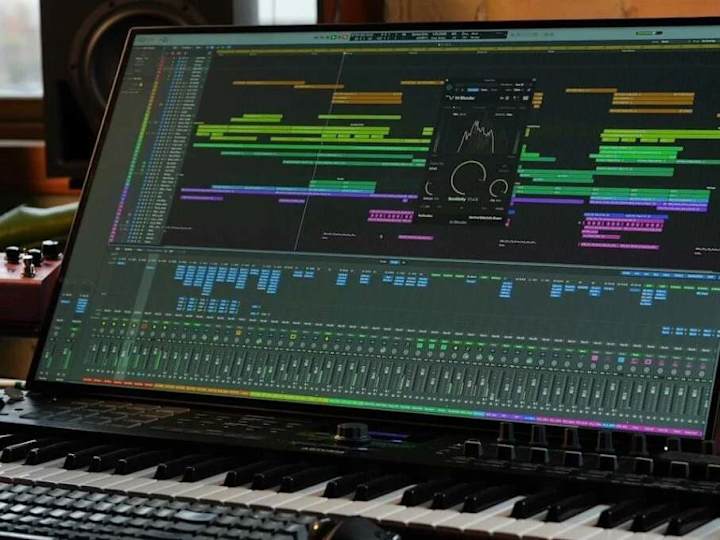What should I include in the project brief for my sound design needs?
Make sure your project brief is clear and detailed. List the specific sounds you need, such as music, effects, or ambiance. Provide any existing audio or references that reflect your vision. This will help the sound designer understand what you're looking for. In Île-de-France, ensure to include cultural references that might influence the sound design.
How can I determine the right experience level for my project?
Consider the complexity of your project when deciding the experience level needed. If your project involves sophisticated audio mixing or diverse sound effects, choose a designer with a robust portfolio. In Île-de-France, finding a designer experienced with the local sound scene can be beneficial, especially for projects needing cultural relevance.
What timelines should I set for project milestones?
Set clear timelines for each stage of the sound design process. This includes initial drafts, revisions, and final delivery. Ensure the deadlines are achievable and include buffer time for feedback. In Île-de-France, be mindful of local holidays that might affect availability.
How can I ensure the sound designer understands my brand’s voice?
Share your brand guidelines and any existing sound assets. A strong understanding of your brand's style will help the sound designer create cohesive audio elements. In Île-de-France, highlighting local influences can also align the sound design with your brand's identity.
What formats should I request for the final sound files?
Decide on the formats you'll need based on how you plan to use the sounds. Common formats include WAV or MP3. Clarify this requirement early to ensure compatibility with your project's platforms.
How can I evaluate the quality of a sound designer’s portfolio?
Listen for clarity, creativity, and technical skill in the portfolio samples. Check if the designer has experience with projects similar to yours. In Île-de-France, look for designers with work that reflects an understanding of local cultural nuances.
What feedback process should I establish with the sound designer?
Set regular check-ins to discuss progress and any adjustments needed. Use clear and constructive feedback to guide the designer. This will help ensure the final sound design meets your expectations.
How can I align on the scope of the project deliverables?
Have a detailed discussion about the deliverables, including quantity and types of sounds. Confirm these in written form to avoid misunderstandings. It's essential everyone understands what's included from the start.
How can I protect my intellectual property when hiring a freelance sound designer?
Use a contract that clearly addresses intellectual property rights. Ensure it states who will own the rights to the sound assets after completion. This helps protect both your brand and creative work.
How do I communicate my creative vision to a sound designer effectively?
Use mood boards, sample tracks, or thematic descriptions to convey your vision. Be open to collaboration and allow the designer to bring their expertise to your ideas. A visual reference can often assist in translating concepts into sound.
Who is Contra for?
Contra is designed for both freelancers (referred to as "independents") and clients. Freelancers can showcase their work, connect with clients, and manage projects commission-free. Clients can discover and hire top freelance talent for their projects.
What is the vision of Contra?
Contra aims to revolutionize the world of work by providing an all-in-one platform that empowers freelancers and clients to connect and collaborate seamlessly, eliminating traditional barriers and commission fees.

